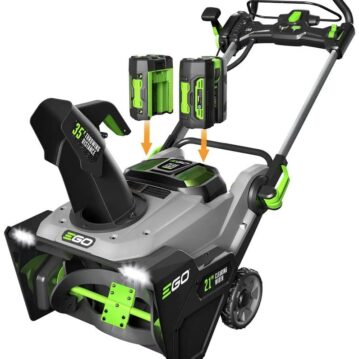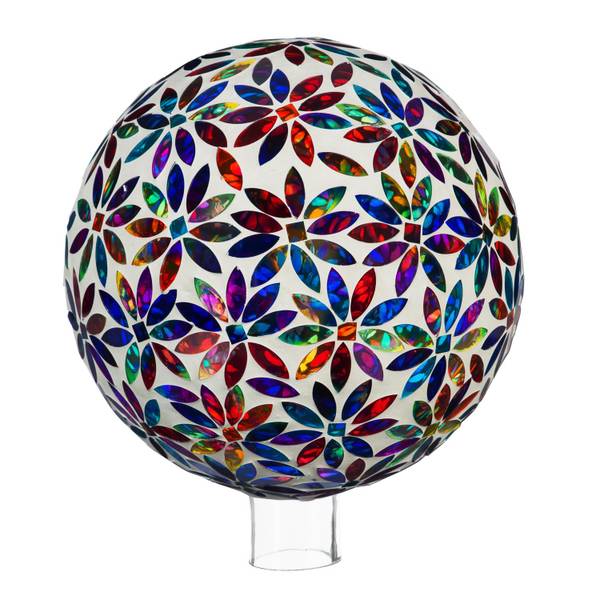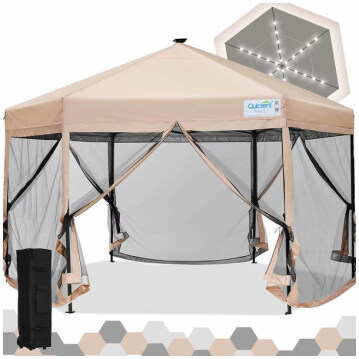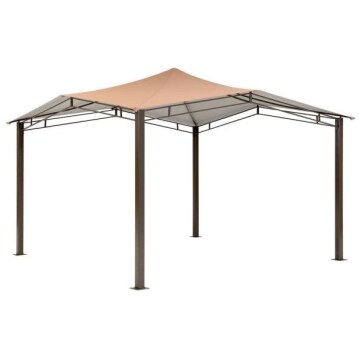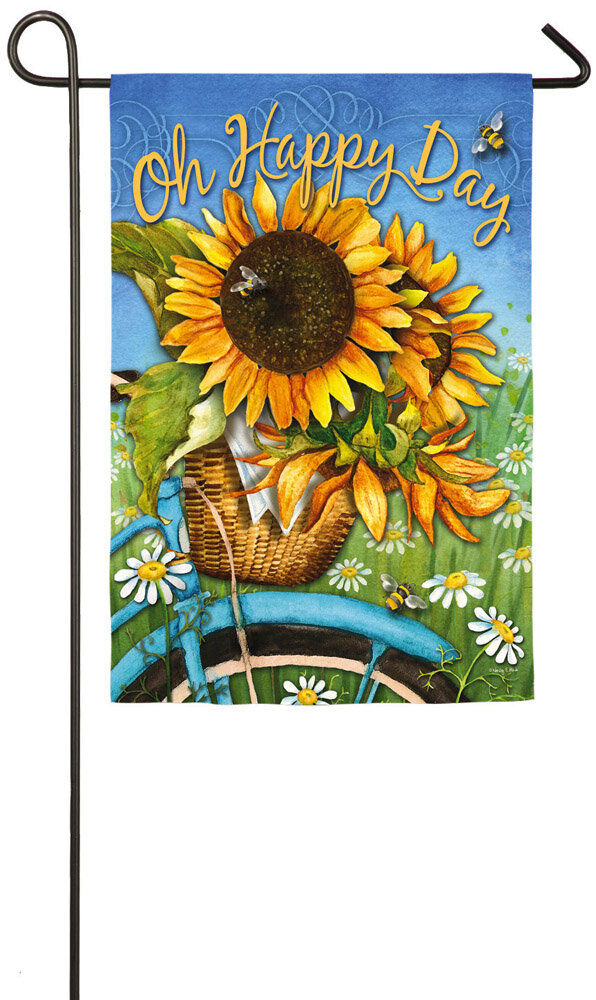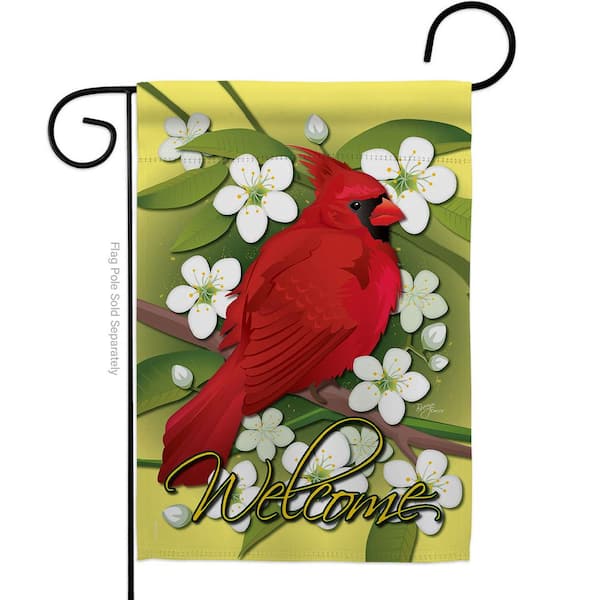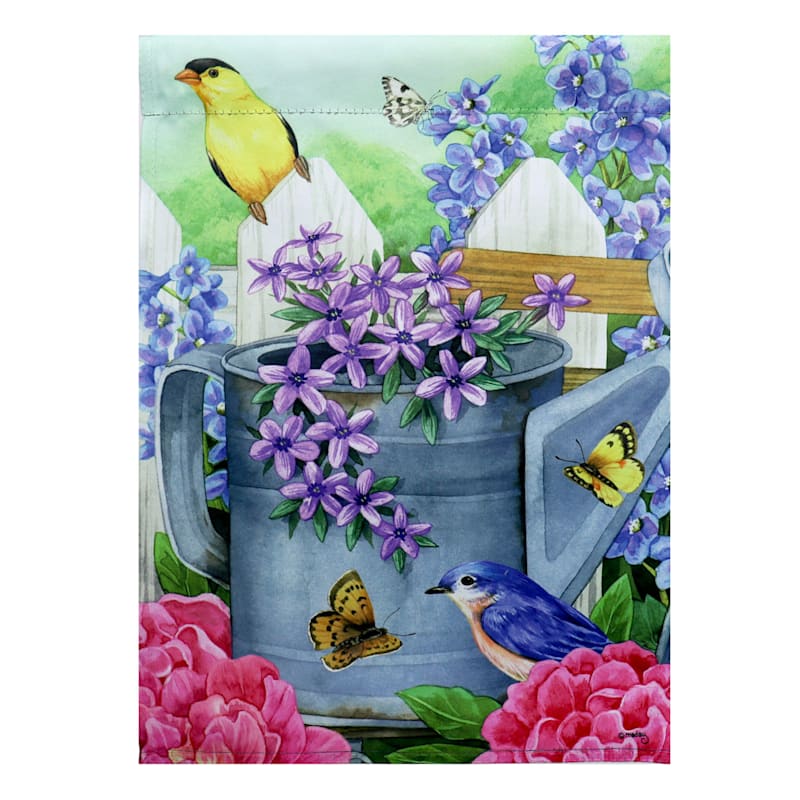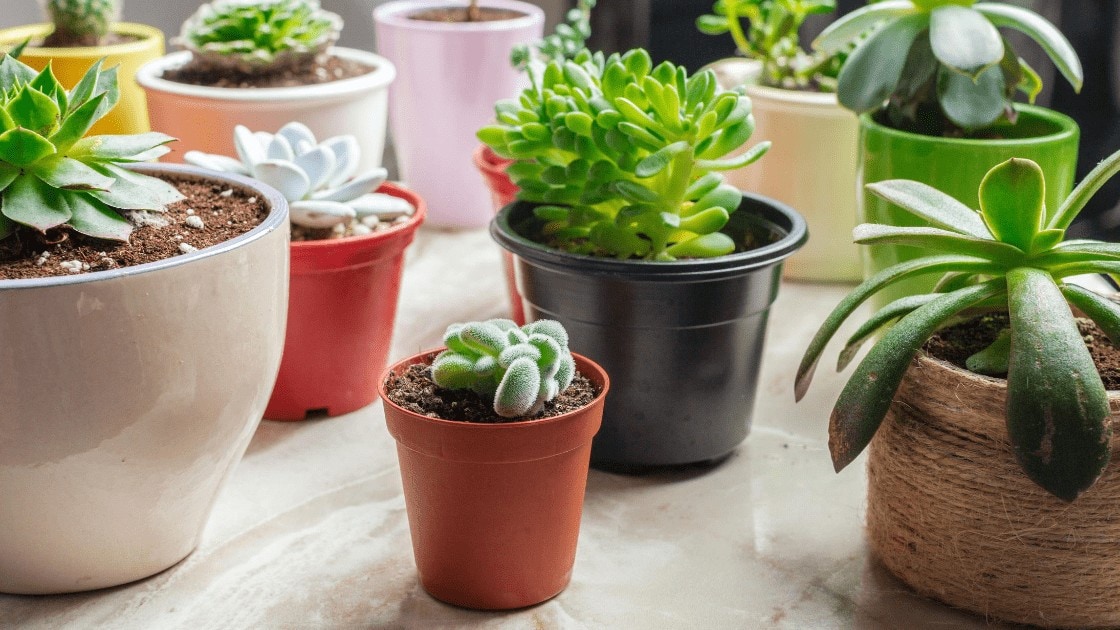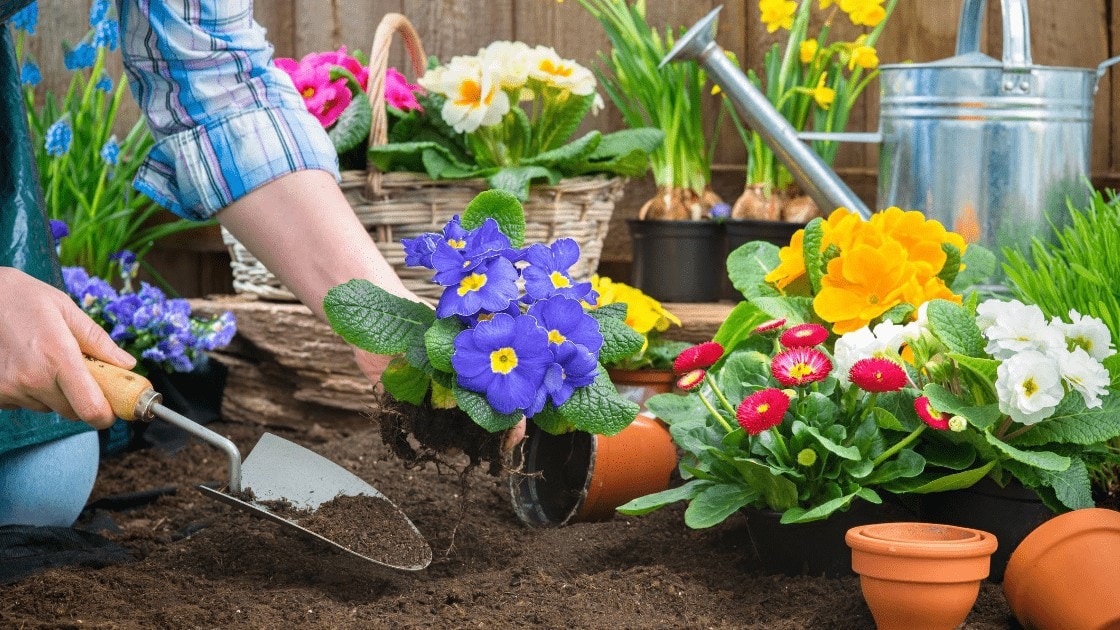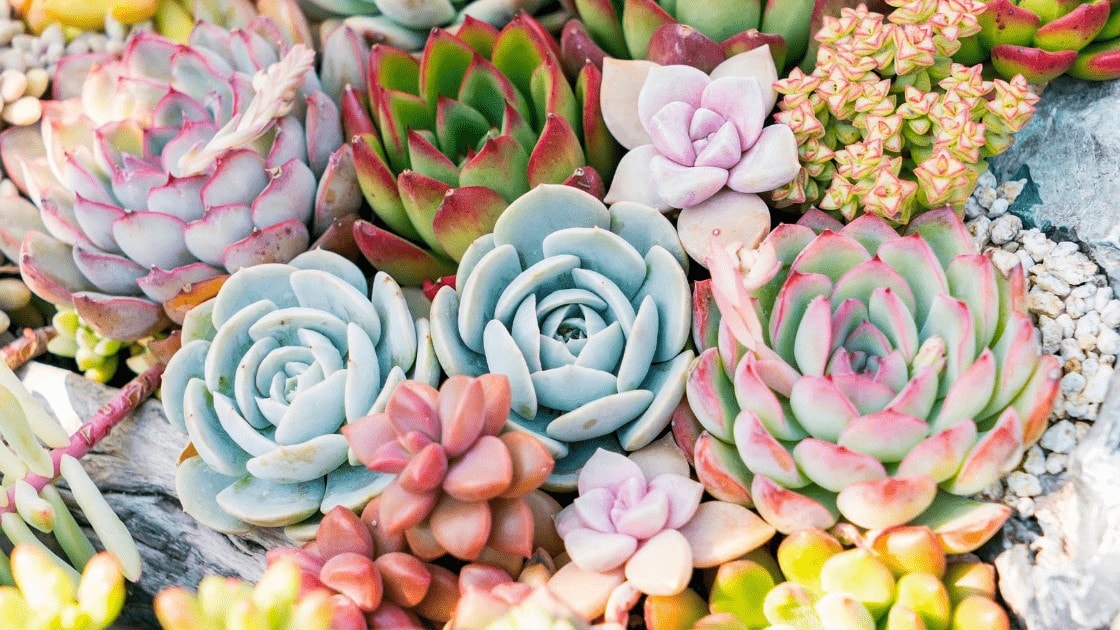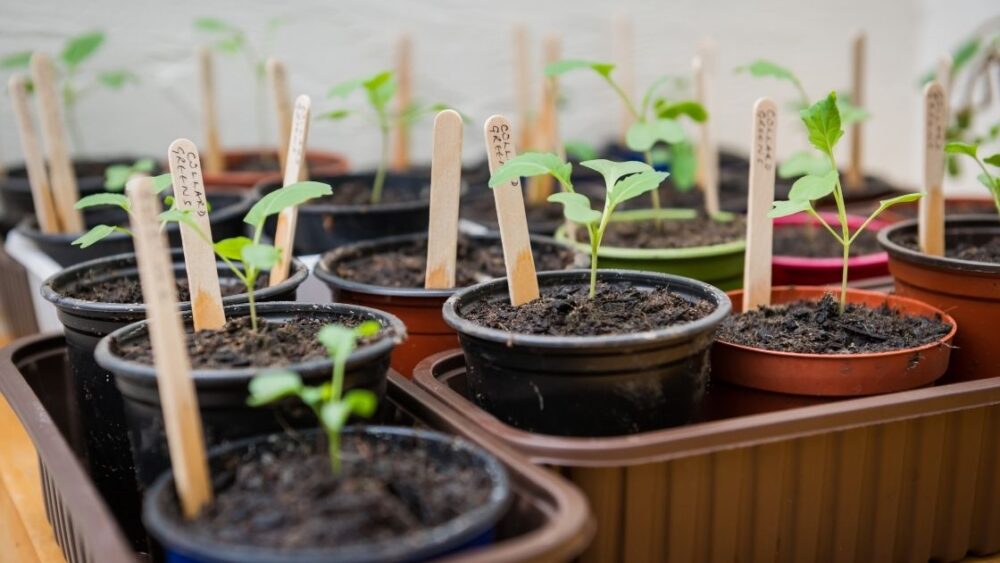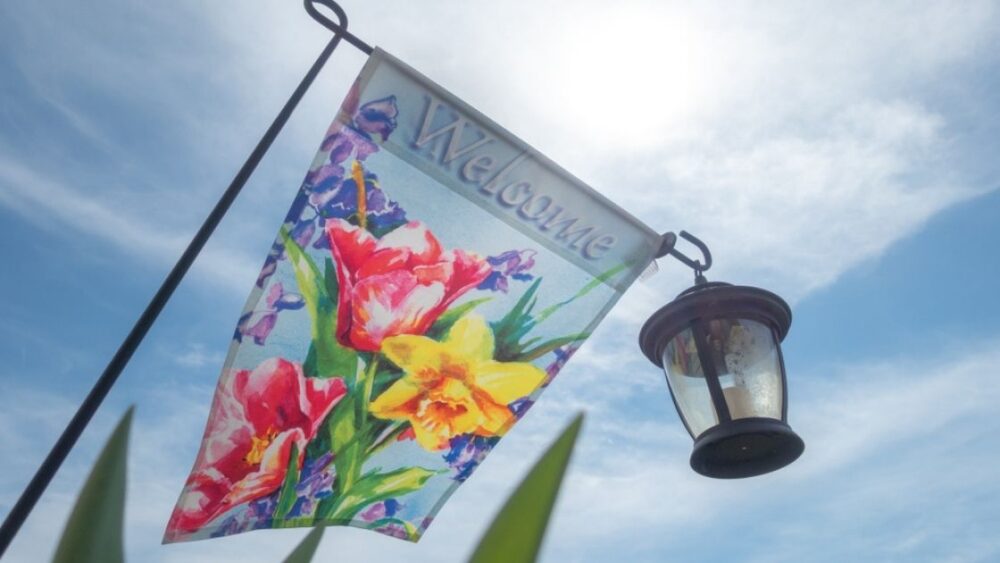
By definition, tacky means not having good taste or not being presentable. Everything in the world could exhibit this definition if it’s not presented correctly. Your garden flags could be tacky if you put it that way. Likewise, you may have outstanding beauty from your garden flags owing to the arrangements and how you tend to display them. The question is, “what are you missing?” and “how can you turn your garden flags into the best present ever?”
Relax, since you are here, you will learn all about garden flags and how to remove any “tacky” attached to them. But first, let us talk about “why people think garden flags are tacky, the uses of garden flags, and the types of garden flags.” You would finally learn how to decorate with garden flags at the end.
Why Do People Think Garden Flags are Tacky?
Do you know anyone who puts up a Christmas tree in May? No one! The same goes for garden flags. People would think your garden flags are tacky if you don’t change them with time. The first rule of decorations says, “you can break all the rules.” But, it would help if you make your decorations appealing to the eye. To remove the “tacky garden flags,” you need to break some rules. What are the rules? First of all, you must learn about decorations. Why do people decorate?
Browse our Affiliate Products
The widespread mistake everyone makes about garden flags is the idea of “it’s just a garden flag (a 12.5″ × 18″ material)” installed anywhere in your home. Garden flags are part of interior decoration if you place them inside your interiors, and they are outdoor decors if installed outside. Then, why should your decorations look tacky? Most people fail to realize the beauty behind garden flags. Garden flags are among the most versatile decorating materials. Few among the popular decorating materials fit indoor and outdoor decors. In comparison, garden flags blend in the field, events, indoors, or outside your door.
People think garden flags are tacky because of the mistake concerning the material. Garden flags should blend with your interior or outdoor decorations. They should not leave a gap or attract negative attention. However, people fail to address the issue because individual gardeners or garden flags lovers create the decorations themselves. If you would eliminate the “tacky” feature behind your installed garden flag, you may need to consult an expert decorator or learn more about decorations. Otherwise, your decorations with garden flags may continue to look tacky. This article does not discourage you from expressing your love for garden flags. Instead, it teaches how to remove unattractive looks while you install your garden flags.
Indeed, you may strive to express your love for garden flags. But, if you move in the wrong direction, the decorations may look appealing to you but tacky to others. People outside the gardening field are either encouraged or discouraged by your garden flag’s decorations. After all, you may easily attract their attention and receive excellent comments because of the creative designs. Also, you may turn them off because of tacky designs. So, it would be best to learn the basic things about garden flags before installing one. If you have one installed, it pays if you could read the remaining part of this article so that you can verify your installation and add necessary changes.
To view all our hand picked catalog of garden flags, click here: Garden Flag Category
People think your garden flags are tacky if you do not follow the design rules. Also, they may lose interest if you don’t adequately arrange certain parts of the flags to fit in where necessary. In other words, there are several other considerations before you can install garden flags correctly. But first, let’s consider the uses of garden flags.
What are Garden Flags used for?
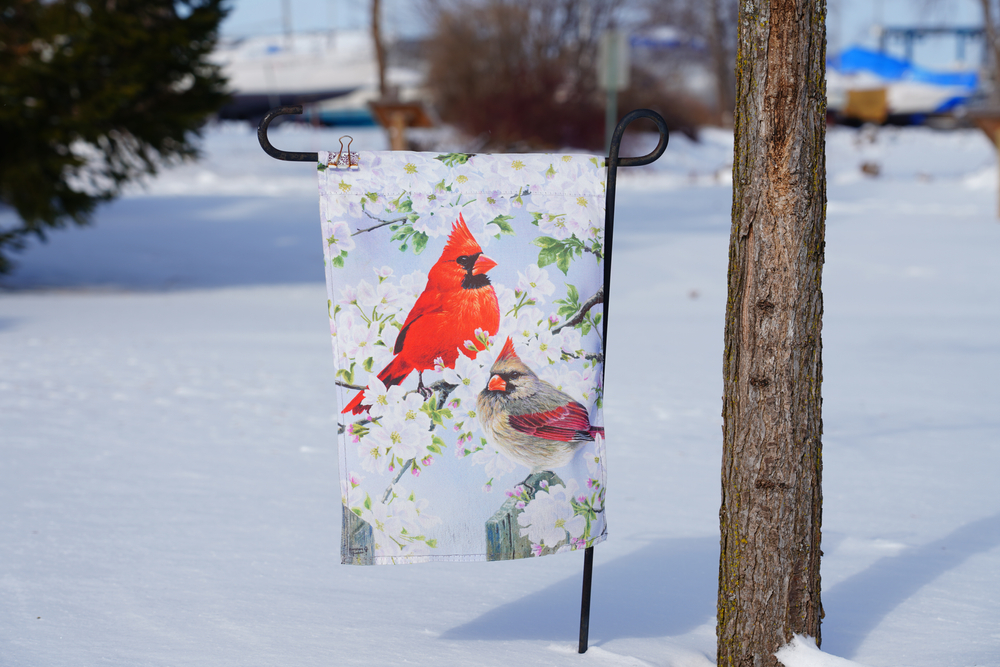
Garden flags are used for decorations. However, you can use them for other purposes. Aside from decorations, you may install a garden flag to cover some imperfections in your building structure. Think about the hole in the wall; garden flags are the perfect choice to hide them from the outside.
The decorative part of garden flags is the most popular usage globally. And this is because it can fit in anywhere with little or no stress. A typical garden flag has a dimension of 12.5″ × 18″ or less – this is small and fits numerous areas in your home. Also, garden flags are mobile, easy to carry, and lightweight. Since these features are suitable for decorating materials, garden flags qualify significantly. Under this note, you may use garden flags as a toner or messenger, especially in your garden. When you translate your decorations to your garden, you also add contrast to it. Contrast means adding different tones, shapes, or colors that aid your decoration’s visual effect. Using a garden flag to decorate may differ from covering up some imperfections. It is necessary to figure out the need for a garden flag and how you can blend it in with your current designs.
You can use a garden flag to show the seasons. This is popular among gardeners and weather lovers, including those that expect visitors during holidays. Garden flags are suitable for welcoming your guests into your home. First of all, the design tells them about the holiday, especially if they are not from the nearby towns. In addition, you may not talk much about the culture since they learn the basics from the decorations.
The use of garden flags is a cultural activity for some people. Even if replacing them over the year costs a lot, they would still go for it. What do you hold so high as your culture? Remember that the installation of garden flags is a ceremonial act for some families, friends, and communities. Suppose a garden flag does not qualify to be a decorating material or seems tacky to some. For some people, it’s a culture and way of life – this is enough to justify the significance of a garden flag!
Types of Garden Flags
Garden flags are a wonderful way to add a personal touch to your home and garden, and finding a type that fits your preference is simple while having the option to create your very own. Seasonal banners, for example, are an excellent method to commemorate the seasons and are the most common, especially when spring and summer rolls around.
The following below are the common types:
Seasonal garden flags
Seasonal garden flags represent your garden seasonally. The beauty of garden flags as seasonal decorations is the visual representation. For example, you use simple sunlight or beach designs to showcase summer. And this could be in your garden or at the front door. Another beauty is the linkage between the type of plants and the seasons. You can directly communicate with people observing your garden about how your garden is coping seasonally. Some people might guess the kind of flowers or other plants in your garden simply by observing the seasonal garden flags.
Another advantage of seasonal garden flags is to bring out the beauty of each season. For example, if you had a memory you’d love to remember in a season, you may install a seasonal garden flag that brings the memory back whenever you see it. This could be on the front door or the wall.
Decorative garden flags
Decorative garden flags must align with the underlying decorations, unlike seasonal garden flags. A decorative garden flag speaks the garden’s tone, color, and visual presentation. Furthermore, a decorative garden flag looks tacky quickly compared to other flags. This is due to the numerous designs and installation principles that must be kept intact. Differentiating a decorative garden flag from others saves users from tacky designs. Another advantage of decorative garden flags is that they are suitable for covering structural imperfections. Aside from these advantages, decorative garden flags may not follow seasonal changes like a seasonal garden flag, and you may use the flag for an extended period.
Garden flags by occasion
Just like the name, occasion garden flags represent the type of occasion. They are periodical because they are only applicable during the occasion. For example, anniversary garden flags give an extra taste when installed. Also, wedding garden flags showcase the type of event without much explanation. It could have “just married” words or a drawing of a couple in the flag. Other occasional garden flags include back-to-school flags, graduation flags, and birthday flags.
Garden flags by holiday
A holiday garden flag is more of a cultural application than other types. A typical case study is a thanksgiving flag; it aid top-notch feelings and a thankful heart. People connect easily to the event when they behold the content inscribed on the banners. For example, when you see a flag with harvested crops or a load of gifts during a thanksgiving, it showcases the moment.
Garden flags by theme
A theme garden flag is less predictable, and it only gives the direction of the current event. Some examples of theme garden flags are beaches, nautical, birds, birdhouses, country living, family & friends, among others. A theme garden flag educates and shows the direction to strangers. For example, a new bird keeper may locate some areas quickly if the correct garden flags are installed in the right positions.
Final Thoughts
Garden flags are culture, acts, and way of life. You could give directions, show love, and connect to people by displaying your garden flags. If you install your garden flags properly, you or no one would call it tacky. So, it would be best if you apply the tips about decorations listed in this article. Finally, garden flags are not only decorative; they represent the image you desire to portray.
